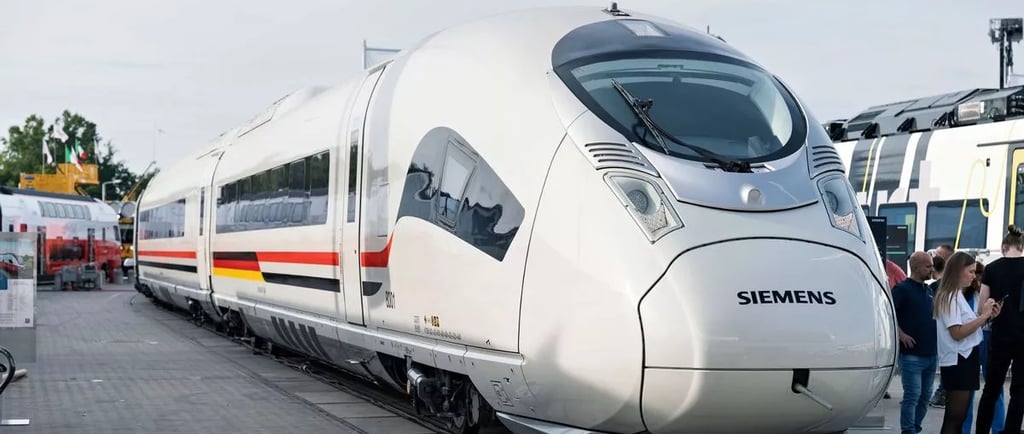Africa’s High-Speed Rail Revolution: A £7 Billion Game-Changer for Travel and Trade
TRAVEL
12/29/20242 min read


Africa is setting the stage for a transformative leap in its transportation infrastructure with the ambitious African Integrated High-Speed Railway Network (AIHSRN). This monumental project, designed to connect African capitals and key commercial hubs, promises to reshape travel, boost tourism, and enhance economic integration across the continent.
Connecting the Continent: The Vision of AIHSRN
The AIHSRN aims to establish a high-speed rail network linking major African cities like Nairobi, Lagos, Cairo, and Dakar. By 2030, this project is expected to:
Enhance Trade: Reduce travel times and transportation costs, fostering intra-African trade and boosting competitiveness.
Boost Tourism: Enable seamless travel to Africa’s iconic destinations, from Egypt’s pyramids to Dakar’s vibrant culture.
Promote Collaboration: Encourage regional cooperation by improving access to vital markets and resources.
One standout initiative within this vision is Egypt’s £7 billion high-speed rail network. Spanning 2,000 km and connecting 60 cities, it will be among the largest rail systems globally and a cornerstone for the AIHSRN.
Economic Impact and Opportunities
Driving Growth and Creating Jobs
According to the International Air Transport Association (IATA), efficient transport systems like the AIHSRN can create hundreds of thousands of jobs in logistics, tourism, and manufacturing. These opportunities will significantly impact local economies, especially in underserved regions.
Boosting Tourism
With faster, more accessible travel, tourists will explore Africa’s attractions effortlessly. Whether it’s the markets of Nairobi or the Sahara’s vast landscapes, the high-speed rail will unlock Africa’s diverse offerings for international visitors.
Technology and Sustainability at the Forefront
State-of-the-Art Infrastructure
The Egyptian rail network will feature Siemens Mobility’s Velaro high-speed trains, which are:
Designed for Resilience: Equipped to handle extreme temperatures and sandstorms.
Energy Efficient: Built to minimize environmental impact, aligning with Africa’s sustainability goals.
Passenger-Centric: Offering amenities like Wi-Fi, spacious seating, and modern facilities for a comfortable journey.
Connecting Continents
The planned £6 billion tunnel under the Strait of Gibraltar will link Africa to Europe, opening unprecedented avenues for trade and travel.
Challenges and the Road Ahead
Despite its promise, the AIHSRN faces hurdles, including:
Securing Funding: Projects like the Morocco-Spain tunnel require significant investment.
Infrastructure Needs: Governments must develop stations, bridges, and maintenance facilities to support the network.
However, with the backing of the African Union’s Agenda 2063, which champions economic integration, the AIHSRN is poised to overcome these obstacles and redefine Africa’s connectivity.
Conclusion: Paving the Way for a Brighter Future
The African Integrated High-Speed Railway Network is more than a transport project; it’s a catalyst for economic growth, cultural exchange, and regional cooperation. By 2030, this £7 billion initiative will:
Connect key cities and markets.
Attract tourists and investors.
Create millions of jobs.
As Africa takes bold steps toward integration and development, the AIHSRN stands as a testament to the continent’s vision for the future.
Stay tuned for updates on this groundbreaking project as Africa sets a new standard for global transportation.
Bukars | Gubmal Inc © 2024
Bukars, empowers the generation of tomorrow for a brighter future and hope for every individual.
